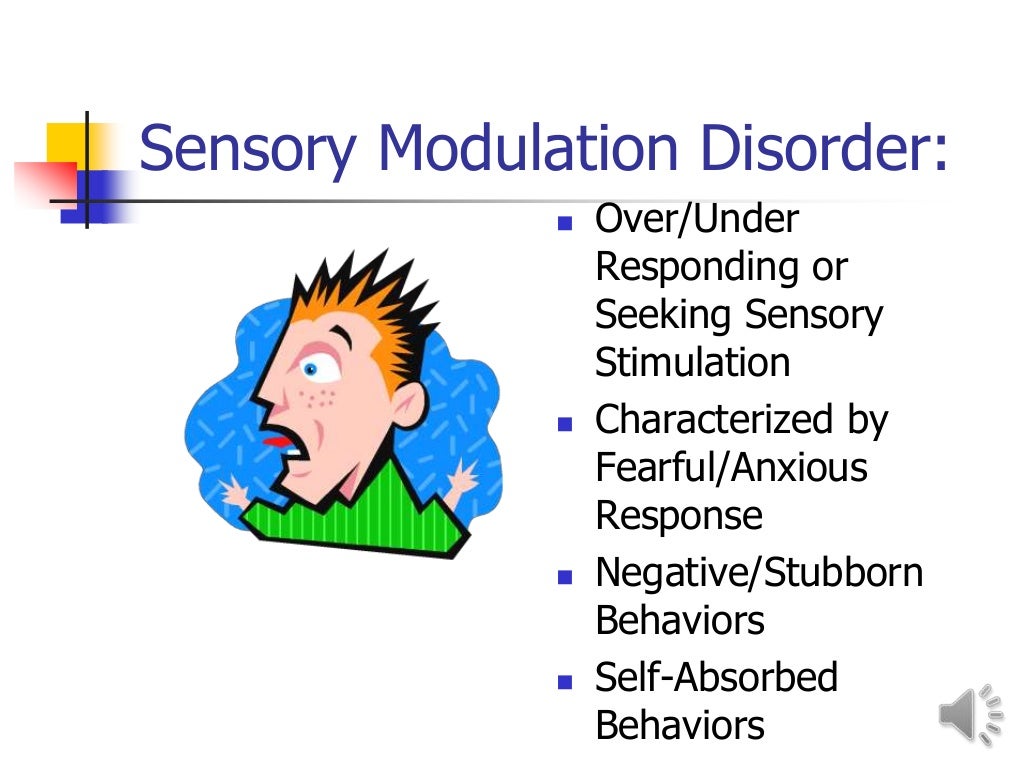

Loud noises such as fireworks or thunder.The following are common triggers for discomfort: SPD can complicate everything from getting dressed to eating to grooming - and that’s just the before leaving for work. Experiencing muted sights, sounds, and touch.


Feeling that a shade is pulled over the outside world.For people with SPD, external and internal sensory stimuli can cause signals to misfire - and problems in movement, emotions, and relationships to manifest.Īdults with SPD may exhibit the following signs: But sometimes with SPD, that processing falters.
#Sensory processing disorder sounds skin#
We take in sensory information through our eyes, ears, muscles, joints, skin and inner ears, and we use those sensations – we integrate them, modulate them, analyze them and interpret them - for immediate and appropriate everyday functioning.įor example, you hear a truck rumbling down the road as you’re standing poised to cross the street, and that noise tells you, “Jump back.” You don’t think about it, you just react instinctively, if all is going well. SPD disrupts how the brain - the top of the central nervous system - takes in, organizes, and uses the messages received through our body’s receptors. It is a unique and challenging neurological condition associated with inefficient processing of sensory information that is commonly found in adults with ADHD, and it deserves serious support. This impacts how you relate to others, study and learn, participate in sports and group activities, and follow your dreams. Whatever the specific symptoms, SPD disorder makes it difficult to interact with your daily environment. Sensory Processing Disorder (SPD) manifests in many small, sometimes maddening ways.


 0 kommentar(er)
0 kommentar(er)
